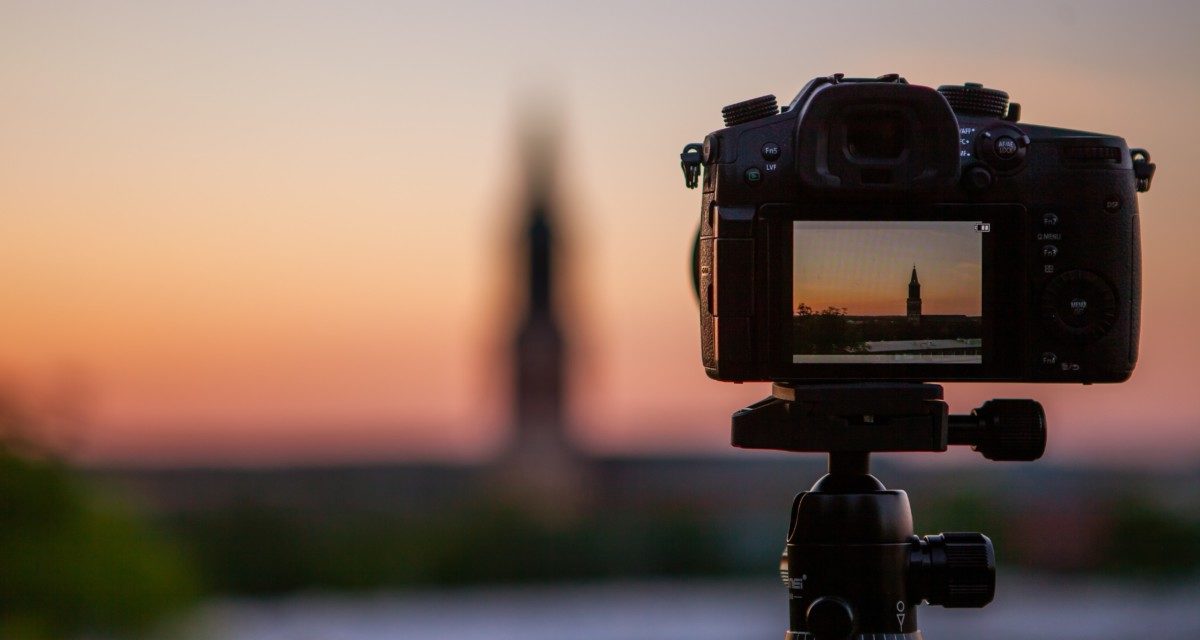[ad_1]
There is a lot of jargon associated with most electronic equipment these days and digital cameras are no exception. A lot of it is helpful, but some is there just to ‘blind you with science' and get you to part with your money.
If you are shopping for your first digital camera it is essential to know a few basic terms that the electronics store salesman may try to baffle you with. Things like megapixels(Mp); optical and digital zooms; ISO; movie clips; 2.5inch LCD and such like.
So let's get those out of the way first.
Megapixels are a shorthand way of telling you how big a print you can make before it changes from a clear picture to little squares of colour.
2Mp = 4×6″
3Mp = 5×7″
4Mp = 6×8″
5Mp = 7×10″
8Mp = 10 x 14″
These sizes will produce prints indistinguishable from those produced using film. So if you are never going to make prints bigger than the standard 7×5″ you do not need to buy anything bigger than a 3 Megapixel camera.
The zoom, as you probably know is a way to make the image bigger or smaller. It allows you to appear closer or further away from your subject than you actually are. Zooms are available all the way from 2x to the 12x of a camera like the Panasonic Lumix DMC-FZ8K 7.2Mp.
The little ‘x' means ‘times'. A 2x zoom means the image gets twice as big from one end of the zoom range to the other. A 12x zoom can magnify 12 times. You would think that bigger means better, but the more you magnify the image the more you magnify the little movements your hands make when you hold the camera. And that gives you blurry photographs. A useful general purpose zoom for holiday and family snaps would be around 3x or 4x.
A digital zoom is something you can pretend isn't there. It does nothing for your pictures. It's just the same as putting a magnifying lens over the LCD screen. If you have any image editing software, like Photoshop Elements, then you can have as much digital zoom as you want with the software. You don't need it in the camera and it just degrades your image.
ISO is a hang on from film days. It is a measure of sensitivity to light. The higher the number the greater the light sensitivity. So why not just use the highest setting all the time 800, or 1600 maybe? Well there is a price to pay. With film a higher ISO number means greater sensitivity to light and the consequence of greater sensitivity is that pictures taken on ISO 1600 film look speckled. This is something called grain and is caused by clumping of the silver halide crystals in the film emulsion.
You would think with digital cameras, no film, no silver halide, no grain – wouldn't you? But it's not that simple. Higher ISO in a digital camera doesn't mean the light sensor (CCD or CMOS chip) gets more sensitive. It means that whatever the sensor is picking up just gets more amplified. So if you think of a radio tuned to a faint station and you turn the volume up – you get a lot of background noise along with the music. Same with digital cameras, higher ISO means more background noise on your images. The noise looks a bit like the graininess of a film image – visible as little speckles in areas of a plain colour like the sky. So you need to shoot on the lowest setting possible, but as long as your camera goes to ISO 400, you won't be disappointed.
Movie clips are something that you may or may not want. In a still camera they are a something you might have fun with, but it's no substitute for a video camera.
Finally the LCD is the screen on the back of the camera. The bigger this is the easier it is to see what you've just taken. But I've yet to find one that is easy to see in bright sunlight.
Have fun making your choices, and check out the web page to find out more.
[ad_2]
Source by Michael Hadfield

